Pioneer DDJ 400
Retail Price
$249.00
Lowest Price
$157.49
Release Date
June 2018
The Pioneer DDJ 400 packs a lot of punch in its compact size with well-rounded features and a couple of crucial extras, making it the best choice at its price range for beginner, amateur, or even professional DJs. Overall, it’s the best entry-level controller on the market right now, although it’s not as suited to mainstage play as a DDJ-1000 would be because it only has RCA outputs, but it’s a great first foray into the hobby and will last long.
Purchase Links
Overview
- Overview
- Hardware
- Upgrade
- Build - Value for Money
- Beginner-friendliness
- Brand Reputation
- Inclusions - Layout
- User-friendliness
- Recommendation
- Positive
- Negative

matsudasociety

HOME DJ STUDIO - Patryk Biernacki

DJBooth Pro Audio

Digital DJ Tips
Pros & Cons
- Pros
- Positive
- Negative
Build & Design
- Accessories
- Build Quality
- Build
- Build - Material
- Buttons
- Compact & Portable
- Connectivity
- Design
- Dimensions
- Inclusion
- Jog Wheels
- Knobs
- Power
- Speakers
- Positive
- Negative

4Medical2Man0

lborgkvist

Digital DJ Tips

Karl Thomas

DJingPro - David H.
Features
- Channel
- Equalizer
- Faders
- FX Controls
- Loop Controls
- Mixer Section
- Performance Pads
- Pitch Faders
- Tempo Faders
- Tutorial
- Positive
- Negative

DJBooth Pro Audio

w_w_flips

w_w_flips
Peformance & Specifications
- Delays
- Performance
- Performance - Crossfader
- Perfomance - Responsiveness
- Performance - Sound Quality
- Performance - Speakers & Headphones
- Set-Up
- Positive
- Negative

lord-carlos

GhoulTender

DJBooth Pro Audio

Digital DJ Tips

Digital DJ Tips

lord-carlos

DJBooth Pro Audio
Software
- Rekordbox
- Software - Cost
- Spotify - Tidal
- Virtual DJ
- Positive
- Negative

DJBooth Pro Audio

Karl Thomas

Digital DJ Tips
Comparison
- CDJ vs DDJ-400
- CDJ-1000s vs DDJ-400
- DDJ-400 vs SB3
- DDJ-400 vs Wego 2
- DDJ-200 vs DDJ-400
- Positive
- Negative

lborgkvist

hilberteffect

Karl Thomas

DJBooth Pro Audio

ChelseaGrinder
Alternatives
- Alternatives
- Hercules Inpulse 500
- Numark Mixtrack Pro FX
- Numark Mixtracl Platinum FX
- Numark Mixtream Pro
- Pioneer DDJ REV1
- Pioneer DDJ 200
- Pioneer DDJ-SB3
- Roland DJ 202
- Traktor Kontrol S2 Mk3
- Positive
- Negative

Wasabi26

HOME DJ STUDIO - Patryk Biernacki

Wasabi26

Wasabi26

HOME DJ STUDIO - Patryk Biernacki

Wasabi26
Availability & Price
- Availability
- Price
- Value
- Positive
- Negative
Miscellaneous
- Beginner
- Club Standard
- Entry-Level
- Flaws
- Pioneer DDJ 400
- Positive
- Negative

Wasabi26

HOME DJ STUDIO - Patryk Biernacki

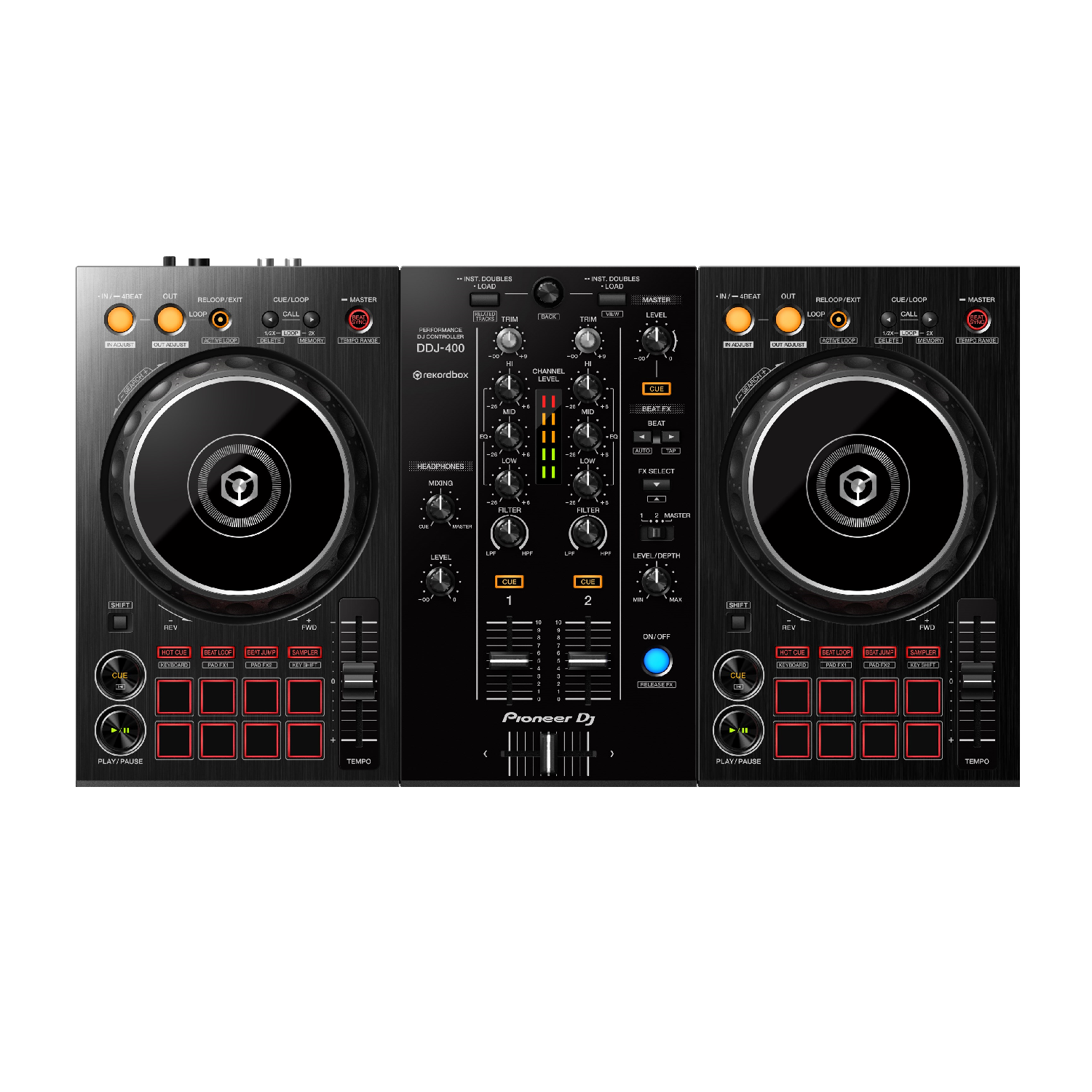
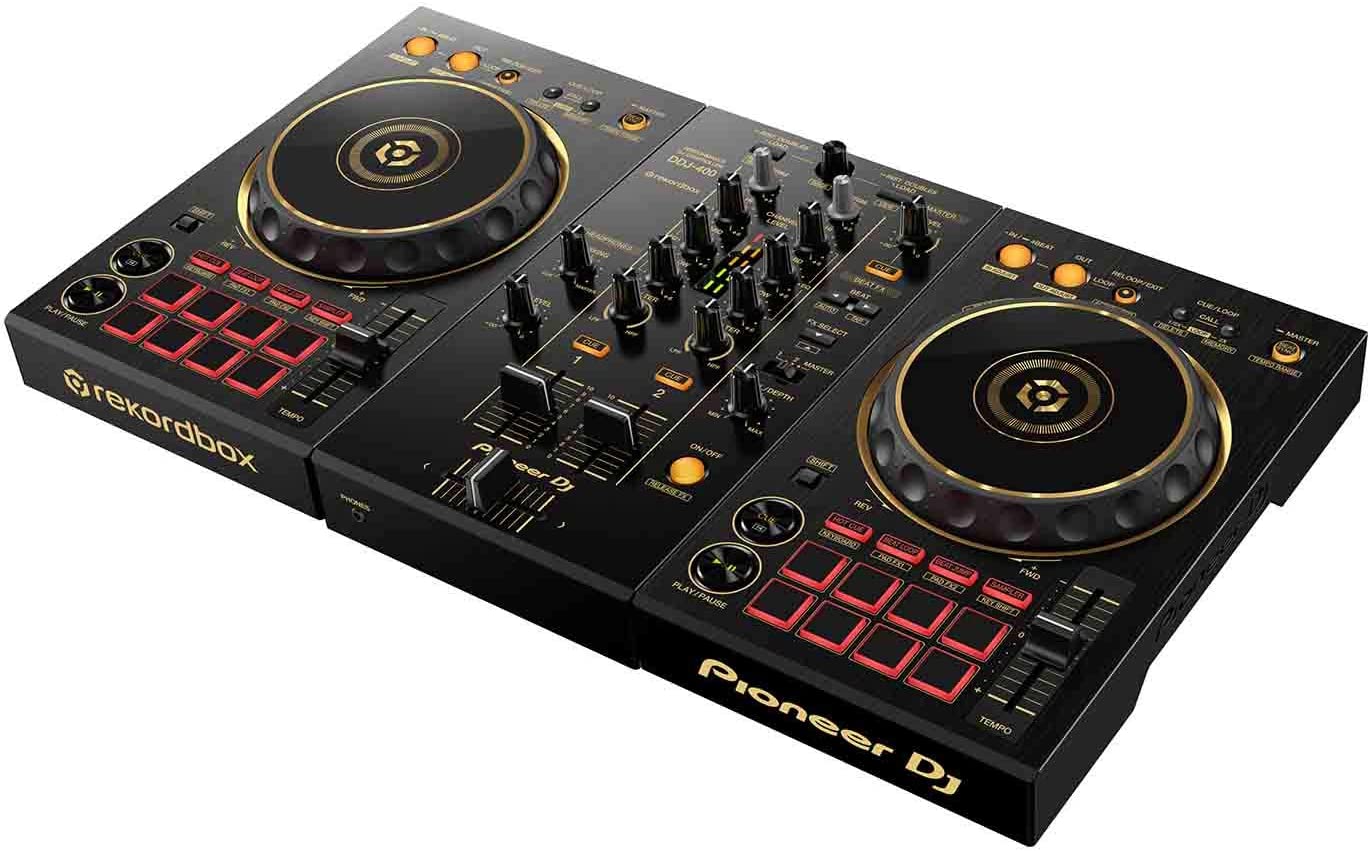
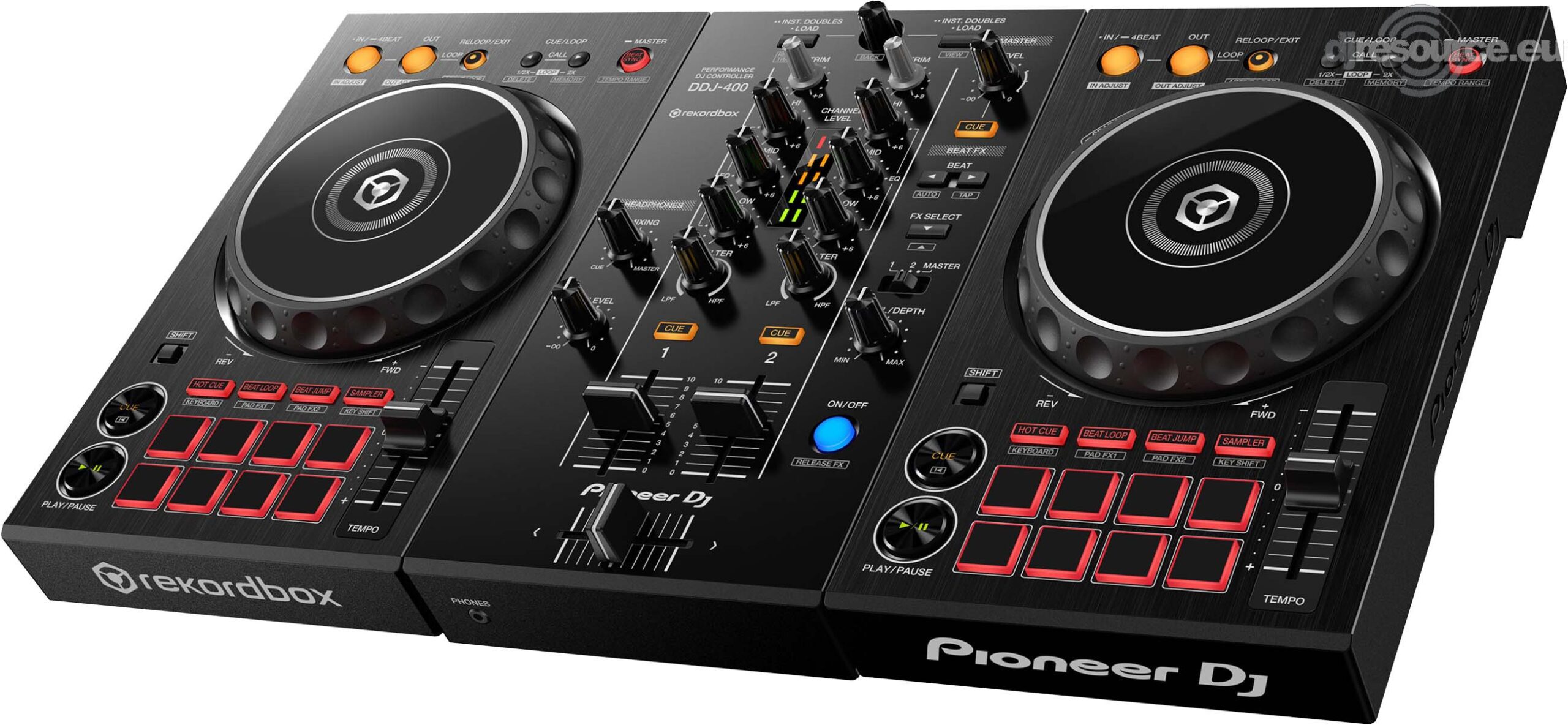
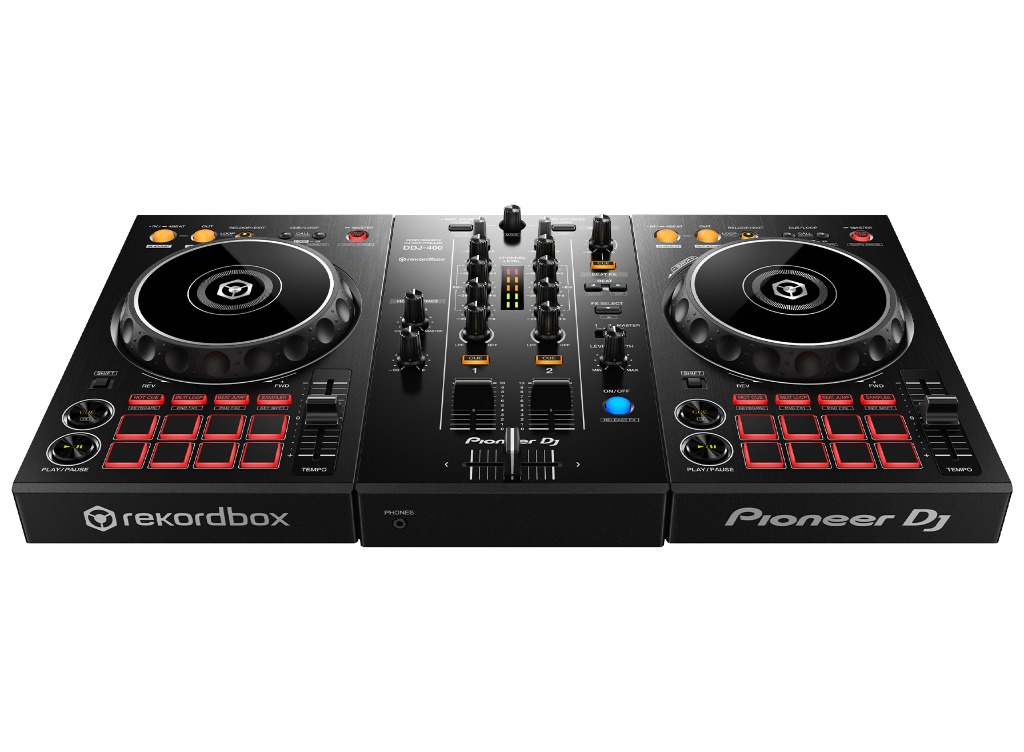
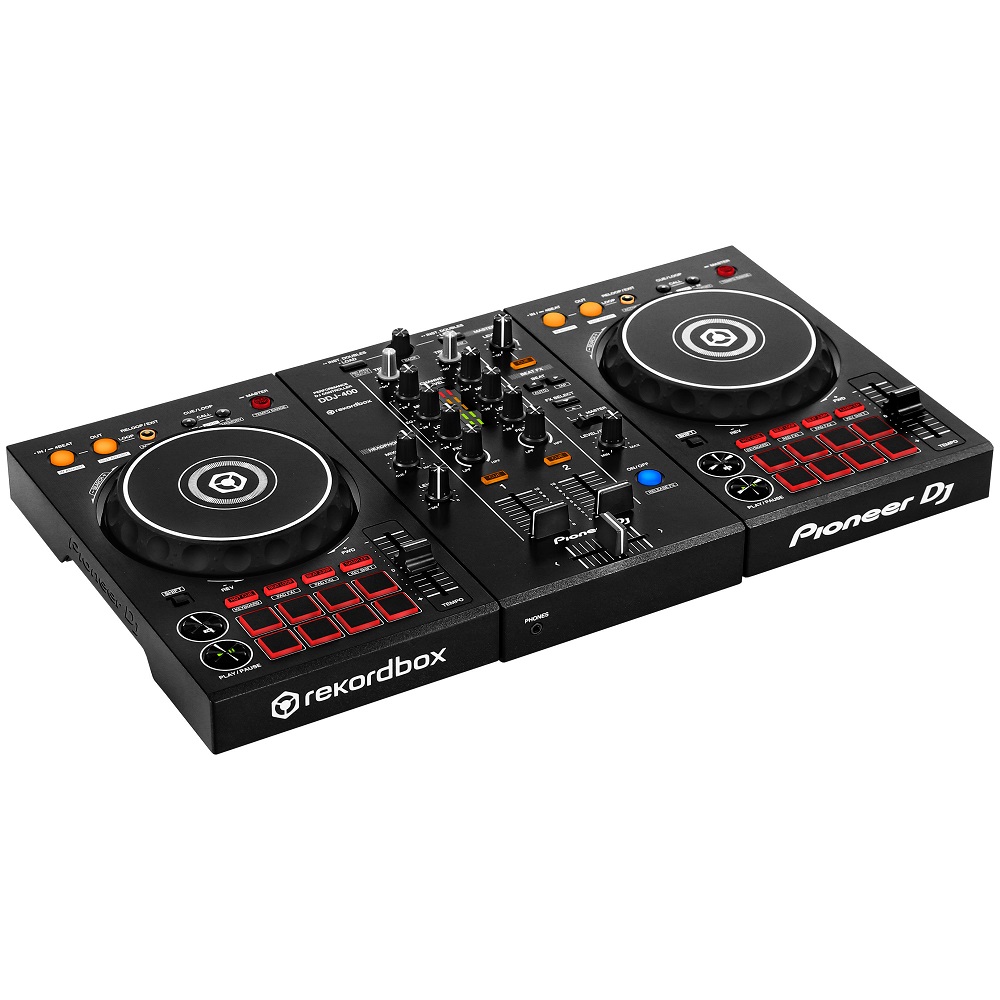
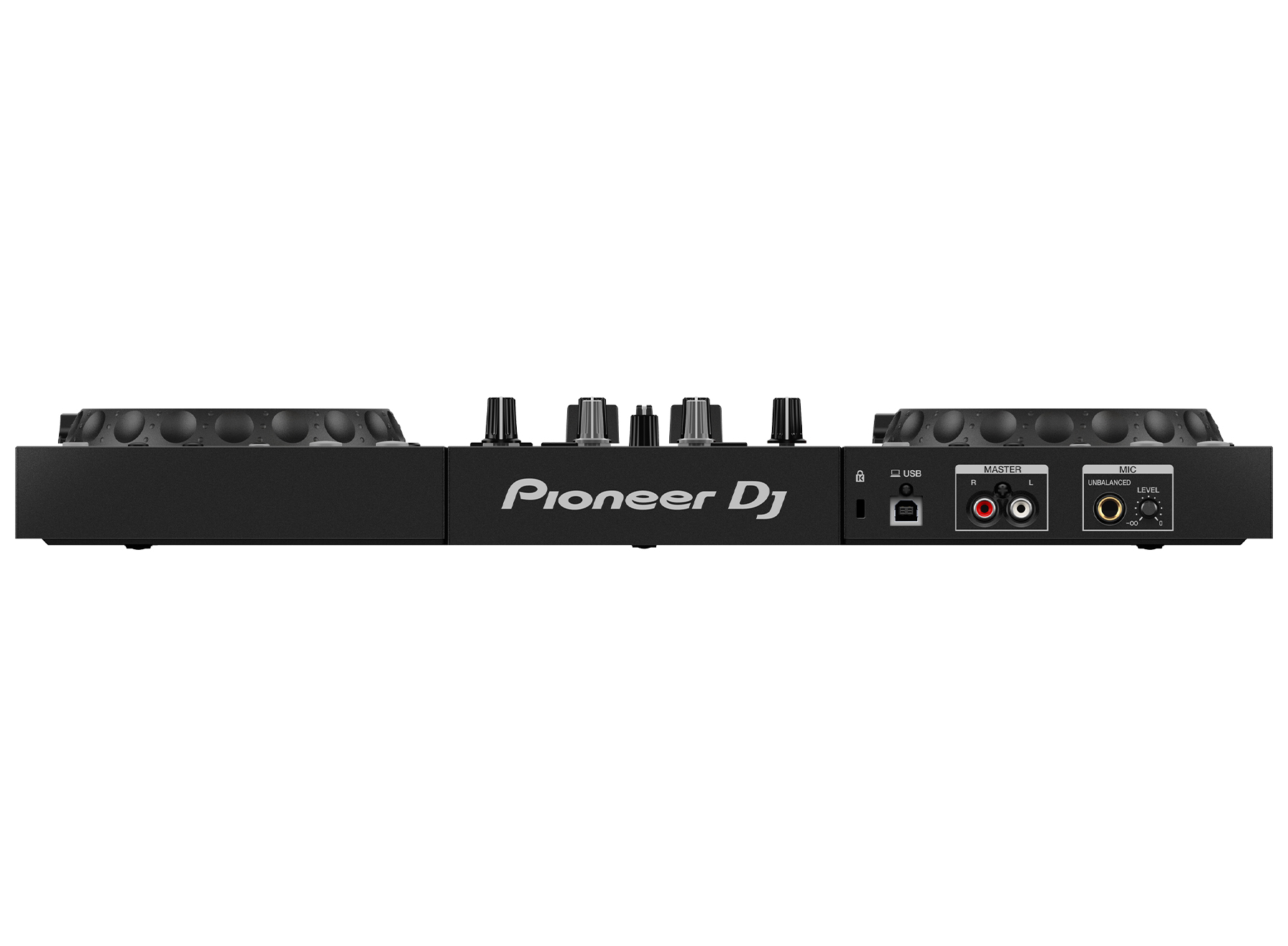
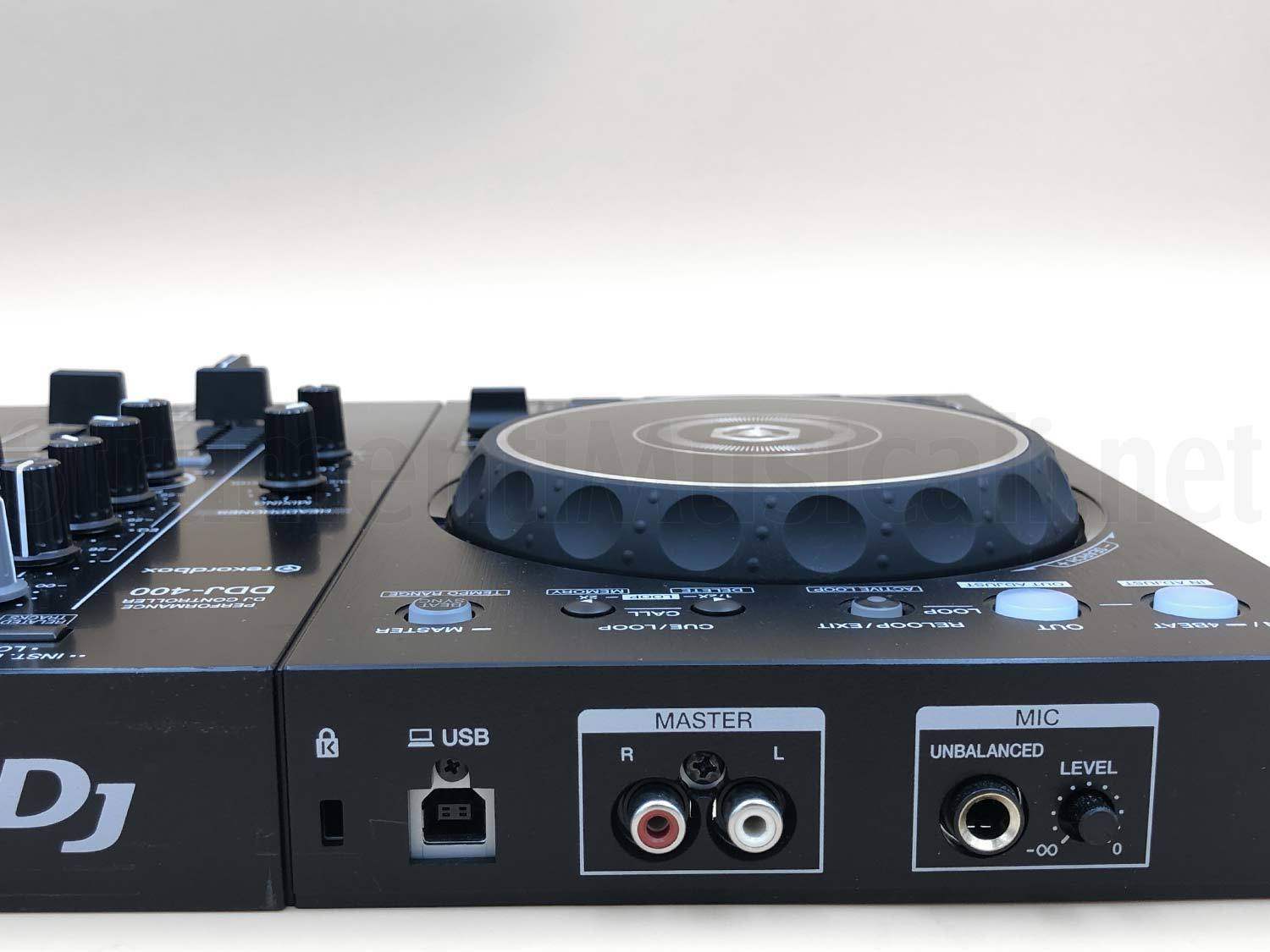

Comments